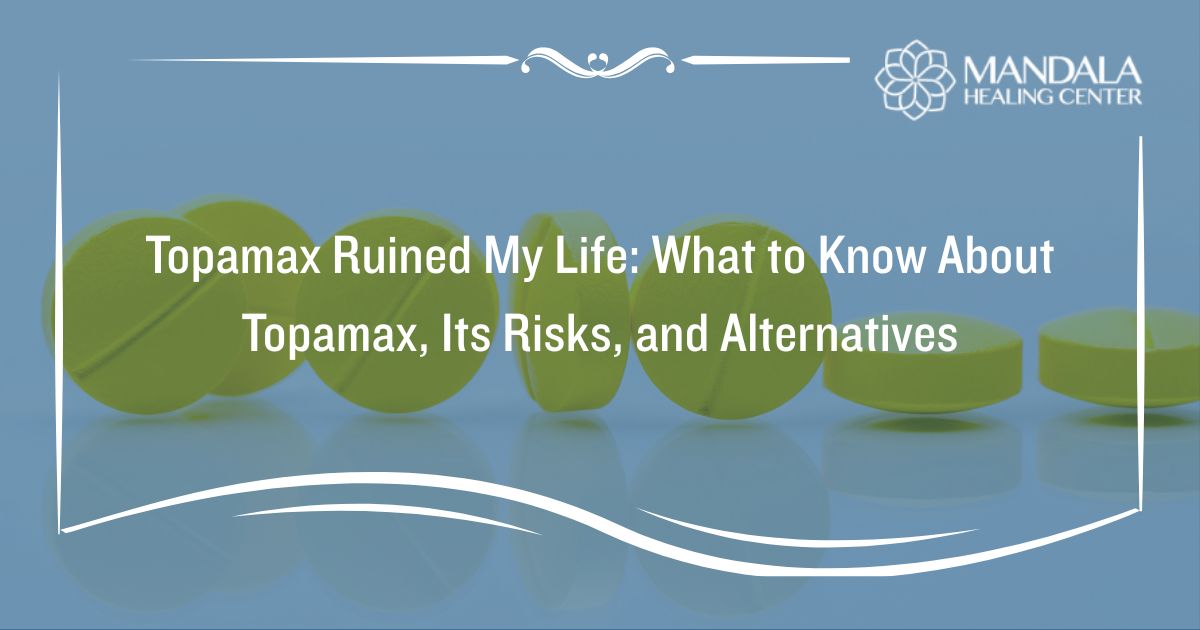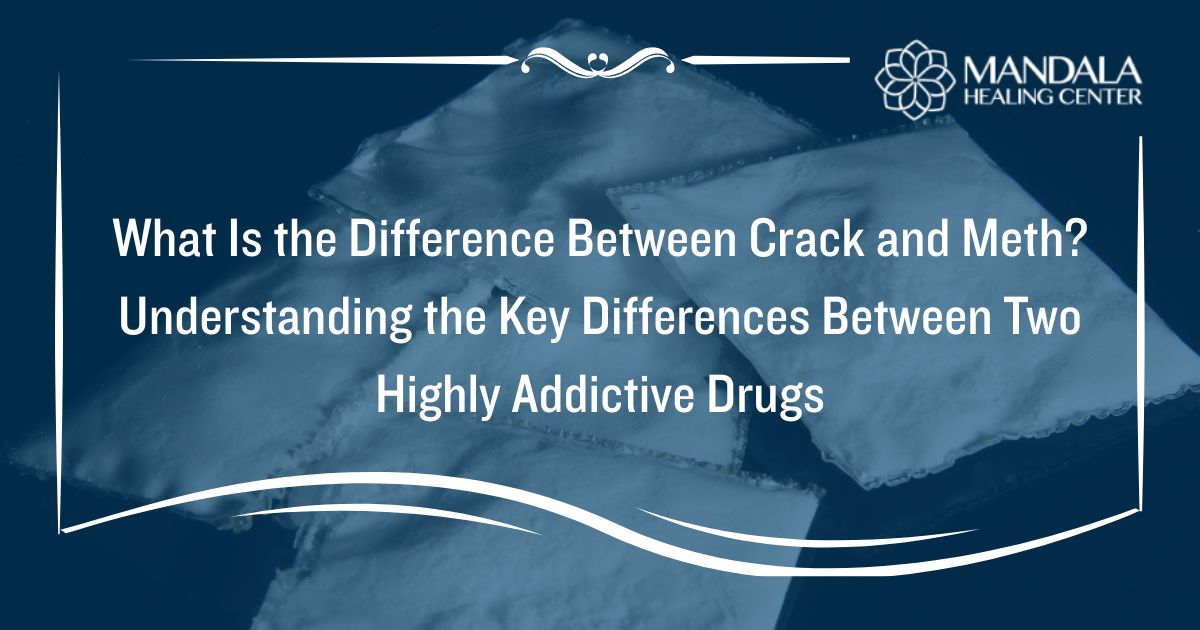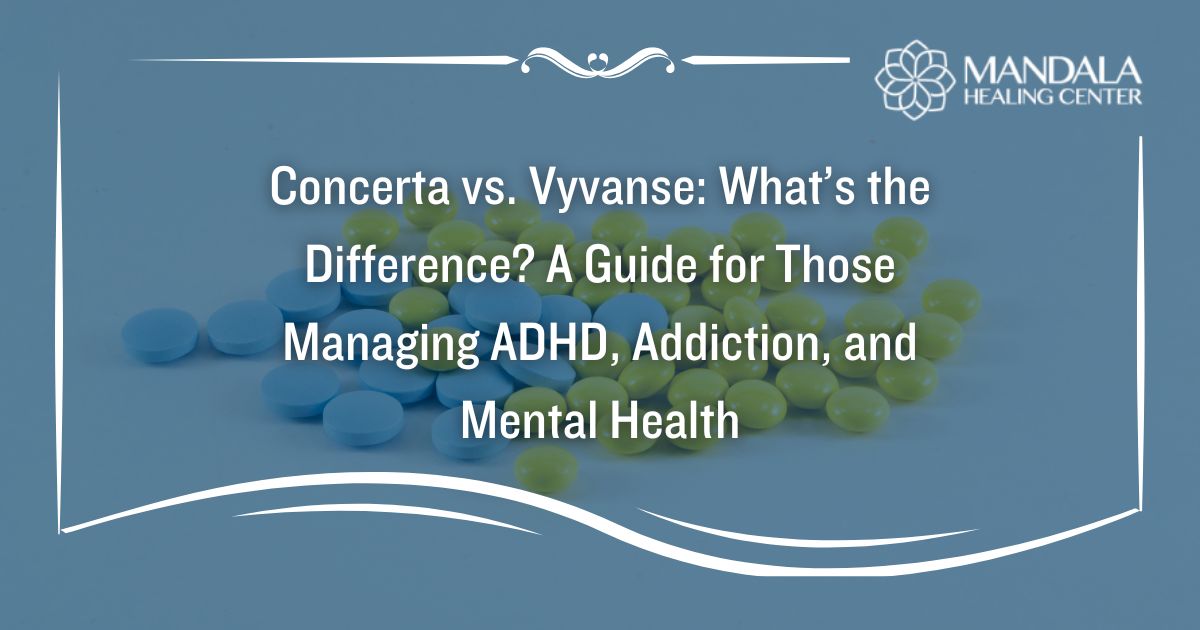Acid is a slang term for a hallucinogenic drug known as lysergic acid diethylamide (LSD). It was created in a lab from a substance found in ergot, a fungus that grows on rye and grains. Acid is considered a Schedule I drug, which means it is illegal, has a high potential for abuse, and has no medicinal uses.[1]
People who abuse acid do so to experience hallucinogenic effects, changes in mood, and alterations to their sensory perceptions. While some people have positive experiences when taking LSD, many individuals experience frightening hallucinations, high levels of anxiety, and even feelings of paranoia. Because of this, anyone consuming acid should be extremely cautious.
If you or a loved one uses acid, you might be wondering how long a trip lasts. To explain, “trip” is a term used to describe being high on LSD. Oftentimes, acid trips can last for up to 12 hours.
What are the Effects of Acid?
People who take LSD are doing so to experience a psychedelic trip. Typically, this involves changes in a person’s ability to think and feel, altered sensory perception, and visual or auditory hallucinations.
The common effects of acid include:[2]
- Intense sensory experiences such as brighter colors or louder sounds
- Synesthesia (hearing colors and seeing sounds)
- Distorted sense of time and space
- Distorted body image
- Visual and auditory hallucinations
- Dilated pupils
- Increased body temperature, heart rate, and blood pressure
- Excessive sweating
- Loss of appetite
- Sleeplessness
- Dry mouth
- Shaking or tremors
Some people who take LSD experience a pleasant trip that many individuals describe as being a “spiritual experience.” On the other hand, acid can cause a bad trip, where your hallucinations are frightening, you experience severe anxiety, and even struggle with intrusive thoughts.
Many people believe that the environment you are in and your emotions before taking acid will affect the experience you have. For example, if you take LSD in an uncomfortable environment on a day when you feel stressed, you might have a bad trip.
How Long Does an Acid Trip Last?
The effects of LSD will begin to take place between 20 to 90 minutes after taking it. When LSD begins to affect your serotonin receptors, you will start having visual and physical symptoms.
The effects will begin to peak sometime between 2 to 4 hours after taking acid. This means the effects of LSD will be their most potent.
While effects can peak by 4 hours after taking LSD, they can continue for 6 to 15 hours. With that being said, most acid trips only last 12 hours at the most.
It is possible to continue experiencing lingering effects of happiness, anxiety, or a feeling of lightness for up to six hours after your trip ends. Oftentimes, this is referred to as an “afterglow.”
What are the Risks of Taking LSD?
While many people have a positive experience with LSD, it is possible to struggle with adverse side effects.
The main dangers of consuming LSD include:
Bad Trips
It is possible to have a bad experience or trip when taking LSD. You might feel scared, confused, or even paranoid. Unfortunately, bad trips will last just as long as good ones. This means there is no way to stop the effects when you are experiencing a bad trip and all you can do is try and make yourself more comfortable.
Tolerance
You can develop a tolerance to LSD rather quickly. When you repeatedly use acid, you will have to continuously increase your dose to experience the desired effect. However, tolerance is short-lived, so if you stop using it for some time and try to take a large dose you will experience adverse effects.
Hallucinogen-Persisting Perception Disorder (HPPD)
One of the main risks of repeated acid abuse is developing a condition known as hallucinogen-persisting perception disorder (HPPD). This condition causes flashbacks from acid trips while you are sober.[3] These flashbacks could last for weeks or even months, often causing the same hallucinations that you dealt with during your acid trips.
Psychosis
Lastly, if you have a psychotic disorder like schizophrenia or a history of one of these conditions in your family, taking LSD could cause you to develop psychosis. This is because the substance can trigger a dormant psychotic disorder to begin causing mental health effects. If you are considered at risk for developing a condition like schizophrenia, you should avoid taking LSD or other psychedelic drugs completely.
Find Help for Acid Abuse
If you or a loved one abuse acid, it’s time to seek help. Repeated LSD abuse can have devastating effects on your mental health, making it vital that you attend a treatment center that offers both addiction and psychological support.
At Mandala Healing Center, we can help you recover from LSD abuse and its lasting mental health effects. Contact us today for more information on our addiction treatment programs.
References:
- The Drug Enforcement Administration (DEA): LSD Fast Facts, Retrieved November 2023 From https://www.justice.gov/archive/ndic/pubs4/4260/index.htm#illegal
- The University of Rochester Medical Center (URMC): All About LSD, Retrieved November 2023 From https://www.urmc.rochester.edu/encyclopedia/content.aspx?contenttypeid=1&contentid=2604
- The National Library of Medicine (NLM): Hallucinogen-persisting perception disorder, Retrieved November 2023 From https://www.ncbi.nlm.nih.gov/pmc/articles/PMC3736944/












